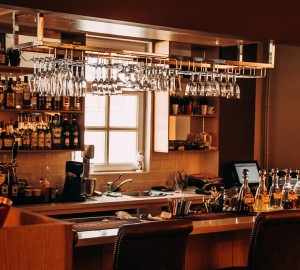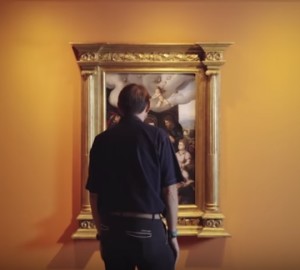At Vivanco we continue to be delighted with our vocation to transmit all the culture that has been created around the world of wine in order to make it accessible to all audiences. This time we do it through two new instalments of our project Ways of Telling the Wine Culture by the hand of Historias de la Historia. To do so, we have made a stop at a specific point in time, within the more than 8,000 years of history in which human beings have been enjoying wine. This is the time of one of the greatest civilisations that has ever existed on earth: the one that led to the foundation of the Roman Empire, back in 27 B.C. This is a historical period of great importance within Classical Antiquity, a time in which the Greeks and Romans established many of the foundations on which our current way of seeing the world is based. It is to these peoples that we owe most of the languages we speak today in the West, the foundations of our laws, our understanding of architecture, the plastic arts, philosophy and a long etcetera. It is therefore not surprising that it was also the Greeks and Romans who began to enjoy wine on a daily basis, popularising its consumption and making it an inseparable part of social life in their ancient cities.
In these two new videos of Ways of telling the Wine Culture, we will make a brief approach to this time, focusing mainly on two aspects of the Roman culture: What were the bars like in Ancient Rome?Roman culture, the title of the first of these two videos; and the Types of wine in AntiquityThe second video deals with the topic of the second video.
What the bars were like in Ancient Rome
For these two new instalments of Maneras de contar la Cultura del Vino we have had the invaluable collaboration of Jose J. Priego (JJ), who has left the recording studio of Historias de la Historia for a moment to go to the rooms of the Lázaro Galdiano Museum in Madrid and take us by the hand on this journey to Ancient Rome. No one better than him to tell us what the bars were like during this historical period and the influence that the Romans have had on the way we produce and consume wine.
In this first video, JJ will tell us about how a very Spanish custom arrived in ancient Hispania, that of having a glass of wine with a small snack, something that the Romans used to do before or after their daily chores and during their free time. Does this sound familiar? Yes, it seems that it was the Romans who invented the tapeo. And for that alone they deserve all our respect. We will also get to know the cauponasWe will also know the "tapas bars", which would be the equivalent of fast food establishments in ancient times, where there was not even a place to sit down and the drinks were served at a simple bar facing the outside. Or the thermopoliumor the indoor premises where wine and more elaborate food could be enjoyed. In these places there were benches and tables where you could sit down more quietly to eat some kind of stew, which they kept warm by storing it in different ceramic containers which were incrusted in the walls. doliaThe pottery vessels, which were embedded in an L-shaped bar inside the thermopolium, were kept warm.
Types of wine in antiquity
In the second of these two collaborations with Historias de la Historia, we will focus not so much on where the wine was consumed, but rather on the way to do it. The fact is that the Romans used to make all sorts of mixtures and dilutions with wine that today we would consider almost sacrilegious, but which at that time made perfect sense. To begin with, it was normal at this time for wine to be consumed mixed with water.. In this way, the Roman citizens sought to differentiate themselves from the barbarian peoples, who were not in the habit of reducing wine when it was consumed. But there were also other, more elaborate blends. For example, the mulsuma mixture of sweet wine that was fermented together with honey.
But far from mistreating wine, the Greeks and Romans were the first to attach importance to the vintages and places of origin of the grapes used to make wine. This is the case of falerno winewhich was considered the best wine of the time, and which is said to be the first designation of origin in history. It was a white wine with an alcohol volume of around 30%, made from grapes of the aglianico variety grown on the slopes of Monte Falerno (known today as Monte Massico). This wine was kept in amphorae for years, and both the origin and the vintage of the wine were engraved on plates on each container. From this period also originates the commandaria winewhich has been produced for more than 5,000 years in the Commandaria region of Cyprus. It is a sweet wine that is highly appreciated as a dessert wine.
Did you find these last two instalments of Ways of telling about Wine Culture interesting? If you want to keep learning about all kinds of topics related to Wine Culture, don't hesitate to subscribe to our Youtube channel!
Illustration author: José Manuel Puebla

















Thanks for this great article on wine culture, with details such as where the first appellation of origin came from. Good video on the bars of Ancient Rome and the types of wines of Antiquity.
Hello Ander,
We are glad you enjoyed the article and the videos. To see all the videos of our programme "Ways of Telling about Wine Culture", we encourage you to visit our Youtube channel: https://www.youtube.com/user/culturadevino
Best regards!